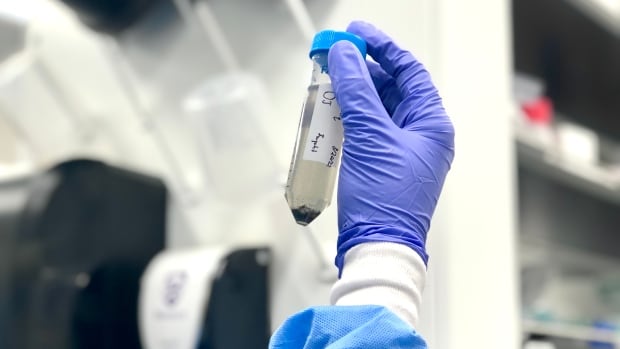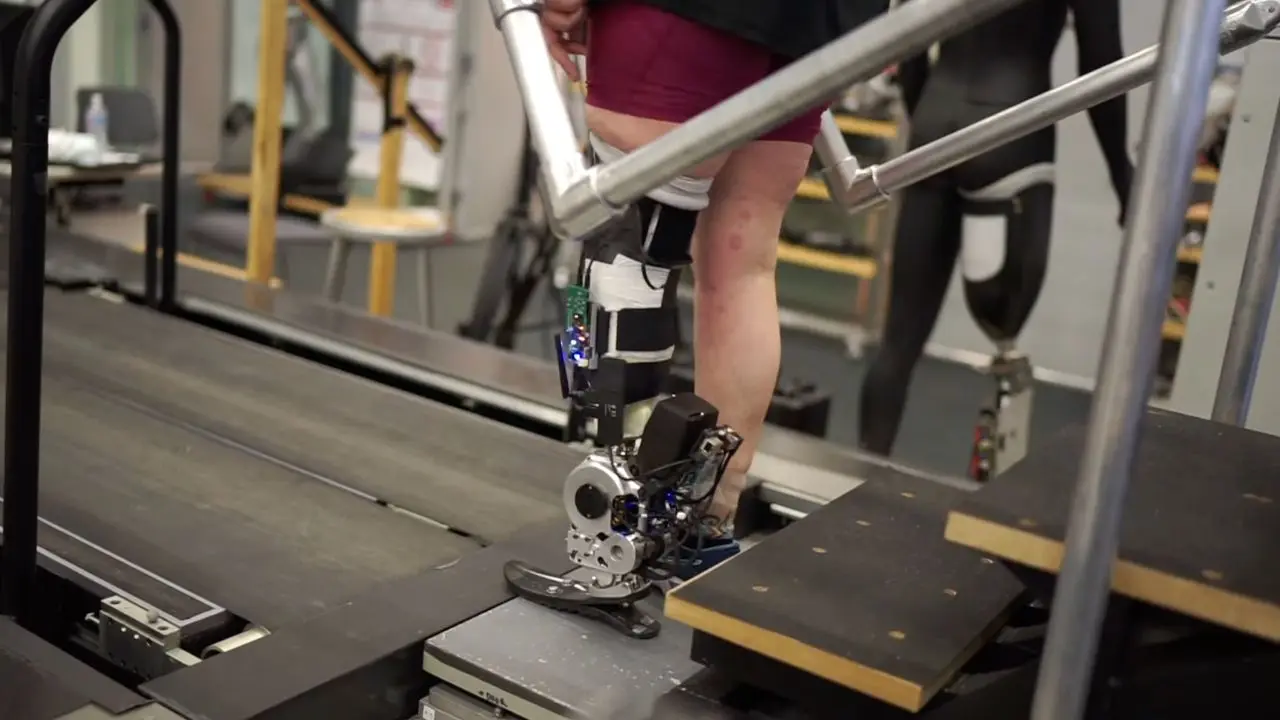Scientists in the U.S. and Canada are watching wastewater for early signs of H5N1 as an outbreak of bird flu among American dairy cattle keeps growing.
With cases confirmed in dozens of herds across nine states — and roughly 300 people being tested or monitored for symptoms after the detection of one human case — the U.S. Centers for Disease Control and Prevention (CDC) is aiming to launch an online dashboard for wastewater monitoring as soon as Friday.
At a handful of sites, the agency has already spotted spikes of influenza A, of which H5N1 is a subtype, and is investigating the source, the CDC’s wastewater team lead Amy Kirby told Reuters.
More than 600 facilities across the U.S. report data on influenza A. While wastewater testing doesn’t distinguish between various types, it can offer signals of “unusual levels” of the virus, the CDC said this week.
Similar efforts have been used to track other emerging infections, including the viruses behind COVID-19 and mpox, providing early clues that case counts may be rising in communities before other metrics such as hospitalizations creep up.
Other American researchers, not affiliated with the CDC, have already shown wastewater’s ability to signal the spread of H5N1.
Their early study, which hasn’t yet been peer-reviewed, used archived wastewater samples to detect signs of bird flu from three sites in Texas as far back as February — weeks before the first confirmed infections in the state’s dairy cattle.
Unusual data triggers investigations to find source
Typically, wastewater samples are gathered from sites that collect large amounts of raw sewage. That means researchers can’t automatically determine the specific source of a positive sample — like whether it flowed in from residential toilets, or a farm — or if the infected host was a human or animal.
When tracking H5N1 across the U.S., the CDC’s newly developed metrics will include current influenza A levels for specific sewer systems, compared to levels detected during last year’s flu season.
A person in Texas who had close contact with infected dairy cattle has been diagnosed with bird flu. It’s the country’s second known human case after the virus was discovered circulating among dairy cows across at least four U.S. states for the first time.
Any unusual activity in the U.S. data would be simple to spot since North America’s regular flu season has died down. Increased levels would trigger CDC investigations to figure out the exact source, such as waste coming from a milk processing plant.
Epidemiologist Megan Diamond, who spearheads the Rockefeller Foundation’s global wastewater surveillance portfolio, said adding wastewater to H5N1 surveillance efforts alongside other forms of testing is the right move.
“When we’re constantly monitoring for pathogens in this kind of continuous approach, we are able to shift from being reactive to proactive,” she told CBC News.
Ontario scientists monitor for local flu spikes
In Canada, though wastewater monitoring is still being used to track COVID-19, it’s not part of expanded federal H5N1 surveillance efforts, which now include milk testing and restrictions on imported cattle. (There are no reports yet of the virus infecting Canadian dairy cows, though it has been reported in more than 10 million wild and farmed birds.)
Some Canadian researchers are taking matters into their own hands.
Lawrence Goodridge, director of the Canadian Research Institute for Food Safety and a professor at the University of Guelph, said his team started tracking influenza in Ontario wastewater a few months ago to study trends in human infections, and are now pivoting to see if any H5N1 shows up.

Much like the U.S., their approach doesn’t spot specific virus subtypes specifically, but rather watches for trends in influenza A more broadly. The team gets samples from five areas in Southwestern Ontario, several of which are in regions with high levels of milk production.
“We’re seeing very low levels, if any, of influenza right now,” Goodridge said. “So if we should see a sudden spike, particularly in influenza A, that would certainly get our attention.”
The team hasn’t spotted any unusual signals just yet, he told CBC News on Friday.
Cattle, worker testing also needed, but challenging
Diamond stressed that wastewater samples flow in from so many sewage systems that the situation can change on a dime. “You’re not seeing anything, you’re not seeing anything — and then all of a sudden, you get a light up.”
Broader testing of cattle and farm workers in the U.S. is another piece of the puzzle, but that process can be fraught with challenges, Diamond added. Human testing requires getting consent and can be costly. And if officials want to enter dairy farms, rules and regulations slow the process down.
The U.S. federal government did announce major funding to expand those efforts on Friday, with tens of millions for states and livestock farms to beef up protective measures and testing for the virus, according to U.S. media reports. That includes the CDC paying up to $75 to farm workers who take part in studies, noted the Washington Post.
Still, Diamond noted targeted testing may only reveal the “tip of the iceberg” compared to widespread wastewater monitoring. “By implementing a multifaceted strategy of different tools, that’s where you kind of get that comprehensive view of what’s happening.”
The COVID-19 pandemic showed scientists how useful wastewater could be to track infectious diseases, now it’s being used to help identify other outbreaks including monkeypox and polio.
And it could offer an early warning system on both sides of the border.
“When you look around the U.S. and Canada, because we’re talking in that bounded geography here, there are so many sites that are doing consistent monitoring for different pathogens,” Diamond said.
“And so adding in … H5N1 would truly empower [health officials] to understand if influenza A is in their community.”









